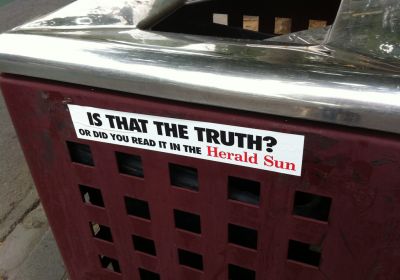-
-
-

As part of this year's Anti-Poverty Week, a conference in South Australia A looked at how a lack of jobs is changing the nature of unemployment into an increasingly long-term phenomenon.
-
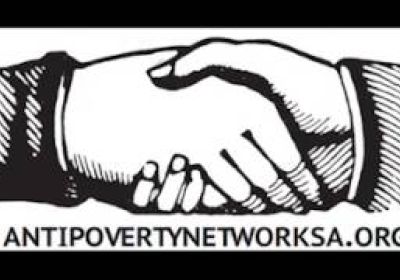 Anti-Poverty Network SA launched a new campaign this week: Target 80K (80,000) Jobs For SA . The campaign is about shifting the discussion on unemployment away from the relentless victim-blaming, the attacks on job-seekers, and onto governments that know full well but refuse to acknowledge, let alone do anything about the fact there are not enough jobs to go around. In South Australia, we have 9,800 job vacancies and 89,600 job-seekers. We need another 80,000 jobs. Anti-Poverty Network SA released this statement on June 1 to coincide with the launch. * * *
Anti-Poverty Network SA launched a new campaign this week: Target 80K (80,000) Jobs For SA . The campaign is about shifting the discussion on unemployment away from the relentless victim-blaming, the attacks on job-seekers, and onto governments that know full well but refuse to acknowledge, let alone do anything about the fact there are not enough jobs to go around. In South Australia, we have 9,800 job vacancies and 89,600 job-seekers. We need another 80,000 jobs. Anti-Poverty Network SA released this statement on June 1 to coincide with the launch. * * * -
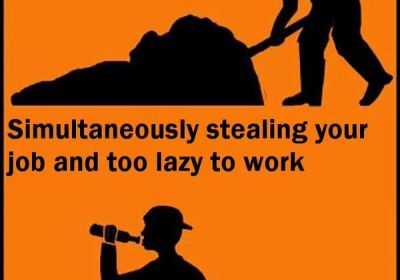 The odious Peter Dutton, minister for torturing refugees, has plumbed new depths in responding to a Greens proposal to increase Australia's refugee intake from 13,750 to 50,000. "They won't be numerate or literate in their own language, let alone English," Dutton said. "These people would be taking Australian jobs, there's no question about that. "For many of them that would be unemployed, they would languish in unemployment queues and on Medicare and the rest of it so there would be huge cost and there's no sense in sugar-coating that, that's the scenario."
The odious Peter Dutton, minister for torturing refugees, has plumbed new depths in responding to a Greens proposal to increase Australia's refugee intake from 13,750 to 50,000. "They won't be numerate or literate in their own language, let alone English," Dutton said. "These people would be taking Australian jobs, there's no question about that. "For many of them that would be unemployed, they would languish in unemployment queues and on Medicare and the rest of it so there would be huge cost and there's no sense in sugar-coating that, that's the scenario." -
 Treasurer Scott Morrison presented his budget for 2016-17 on May 3. What does it mean for young people today? Does it address higher education and growing youth unemployment? No. From April 1 next year, jobseekers under 25 who are receiving welfare payments such as Newstart and have been looking for a job for at least six months, will be able to participate in intensive pre-employment skills training within five months of registering with the Centrelink program “jobactive”.
Treasurer Scott Morrison presented his budget for 2016-17 on May 3. What does it mean for young people today? Does it address higher education and growing youth unemployment? No. From April 1 next year, jobseekers under 25 who are receiving welfare payments such as Newstart and have been looking for a job for at least six months, will be able to participate in intensive pre-employment skills training within five months of registering with the Centrelink program “jobactive”. -
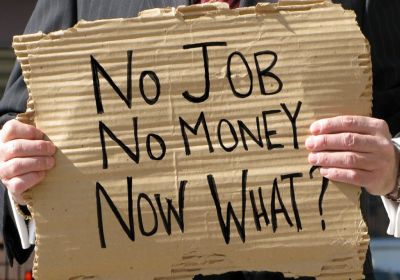 Radical solutions to poverty were put forward at a public conversation titled “Pushed to the Margins” held at the Newcastle City Hall on October 21. The ABC’s Lateline co-presenter Emma Alberici hosted the forum and seemed to be taken aback by economist Professor Bill Mitchell’s simple solutions to poverty. Asked by Alberici, “What causes unemployment?”, Mitchell responded: “Lack of jobs”. Mitchell went on to advocate a “job guarantee”, where the government funds job creation through a massive programme of productive public works.
Radical solutions to poverty were put forward at a public conversation titled “Pushed to the Margins” held at the Newcastle City Hall on October 21. The ABC’s Lateline co-presenter Emma Alberici hosted the forum and seemed to be taken aback by economist Professor Bill Mitchell’s simple solutions to poverty. Asked by Alberici, “What causes unemployment?”, Mitchell responded: “Lack of jobs”. Mitchell went on to advocate a “job guarantee”, where the government funds job creation through a massive programme of productive public works. -
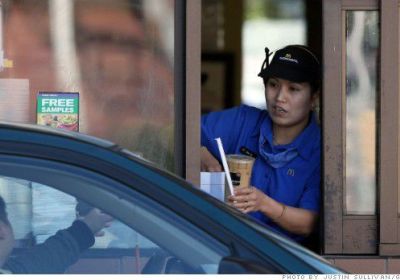 Senate rejects bid to make unemployed wait for welfare An attack on young people has been defeated. A measure to force jobseekers under the age of 25 to wait an additional four weeks before accessing unemployment benefits has been defeated in the Senate, 30 votes to 35. Labor and the Greens opposed the bill, announced in the May federal budget, meaning six of the eight crossbenchers had to vote with the government for the bill to pass.
Senate rejects bid to make unemployed wait for welfare An attack on young people has been defeated. A measure to force jobseekers under the age of 25 to wait an additional four weeks before accessing unemployment benefits has been defeated in the Senate, 30 votes to 35. Labor and the Greens opposed the bill, announced in the May federal budget, meaning six of the eight crossbenchers had to vote with the government for the bill to pass. -
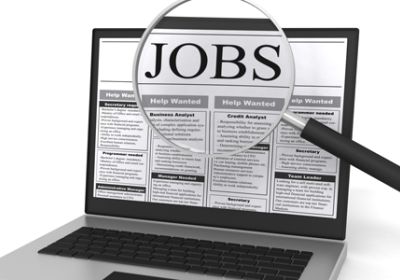 It is now more difficult for unemployed people to find a job than it has been for 20 years. Official youth unemployment is 12% and the official national jobless rate has risen to a 13-year high of 6.3%. The last time employment prospects were so depressed was in the 1990s when the national unemployment rate was 8%. In South Australia, the official unemployment rate is now 7.9%, with employment growth a negligible 0.3%.
It is now more difficult for unemployed people to find a job than it has been for 20 years. Official youth unemployment is 12% and the official national jobless rate has risen to a 13-year high of 6.3%. The last time employment prospects were so depressed was in the 1990s when the national unemployment rate was 8%. In South Australia, the official unemployment rate is now 7.9%, with employment growth a negligible 0.3%. -
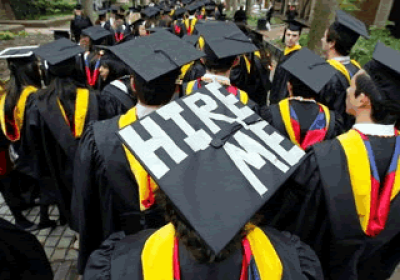 When Gough Whitlam’s Labor government abolished university fees in January 1974, student enrolments had already been increasing at double the population growth for two decades. In 1985, three years before Bob Hawke’s Labor government abolished free tertiary education and brought in the Higher Education Contribution Scheme (HECS), it had decided to develop the full-fee international marketing of education as an export industry.
When Gough Whitlam’s Labor government abolished university fees in January 1974, student enrolments had already been increasing at double the population growth for two decades. In 1985, three years before Bob Hawke’s Labor government abolished free tertiary education and brought in the Higher Education Contribution Scheme (HECS), it had decided to develop the full-fee international marketing of education as an export industry. -
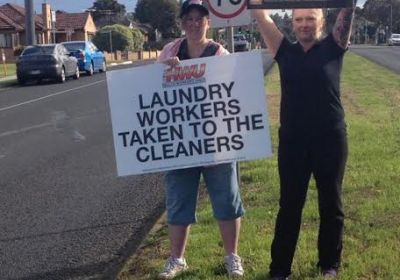 Following the announcements of the closure of Ford, Alcoa and Target’s head office, workers in the Geelong region have been dealt another blow. Barwon Health, now one of the largest employers in the Geelong region, announced on May 29 that its laundry service LinenCare would close by June 30, making 94 workers unemployed.
Following the announcements of the closure of Ford, Alcoa and Target’s head office, workers in the Geelong region have been dealt another blow. Barwon Health, now one of the largest employers in the Geelong region, announced on May 29 that its laundry service LinenCare would close by June 30, making 94 workers unemployed. -
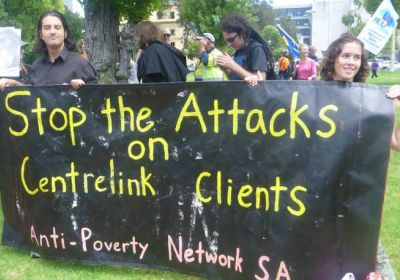 Owen Bennett is the founder of the Australian Unemployment Union. He recently spoke at a public forum in Adelaide hosted by Anti-Poverty Network SA on why attacks on employed and unemployed people are connected. Pas Forgione from Anti-Poverty Network SA spoke to him about how these attacks are related and the Australian Unemployment Union's latest campaign. * * * How are attacks on welfare recipients and attacks on workers connected?
Owen Bennett is the founder of the Australian Unemployment Union. He recently spoke at a public forum in Adelaide hosted by Anti-Poverty Network SA on why attacks on employed and unemployed people are connected. Pas Forgione from Anti-Poverty Network SA spoke to him about how these attacks are related and the Australian Unemployment Union's latest campaign. * * * How are attacks on welfare recipients and attacks on workers connected?
Unemployment
Unemployment

